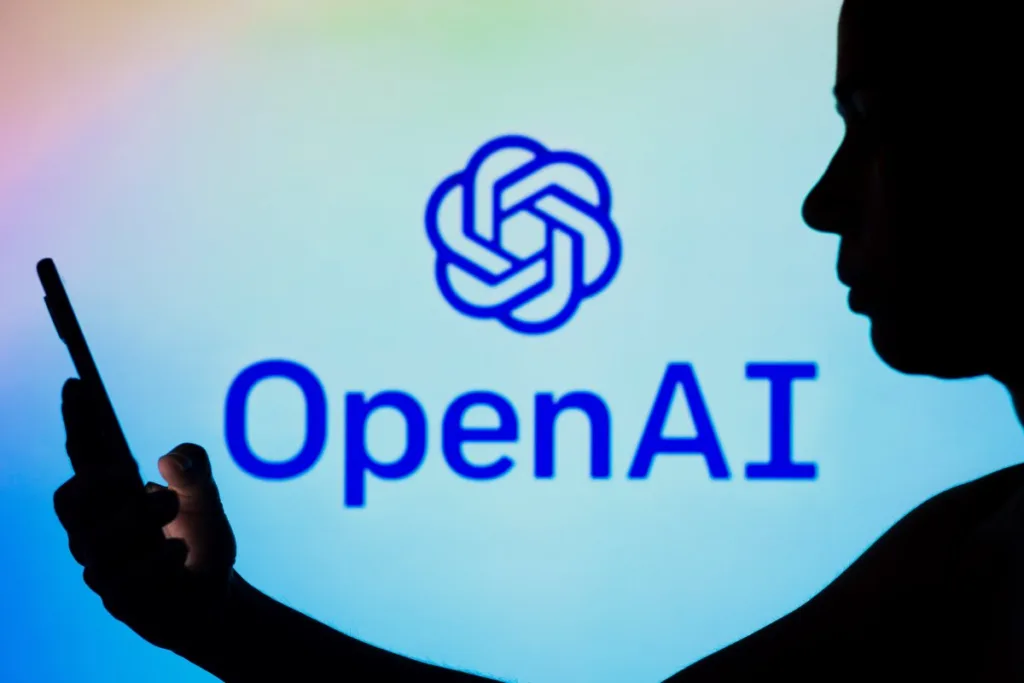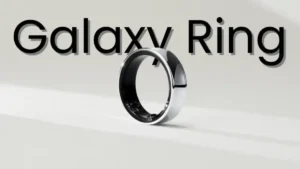OpenAI, the creator of ChatGPT, may soon allow its subscribers to create their own ChatGPT chatbots. According to The Decoder’s pictures and videos, a bespoke chatbot generator will let users design their own chatbots based on the GPT-4 concept.
A user named Choi posted a summary of the rumored modifications on the social media platform X (previously Twitter) a few days ago. Tibor Blaho, an SEO tool developer, recently published a video of the functionality in action, demonstrating a GPT Builder option that allows users to submit a prompt to construct a chatbot. “Make a creative who helps generate visuals for new products,” for example, says one suggestion.
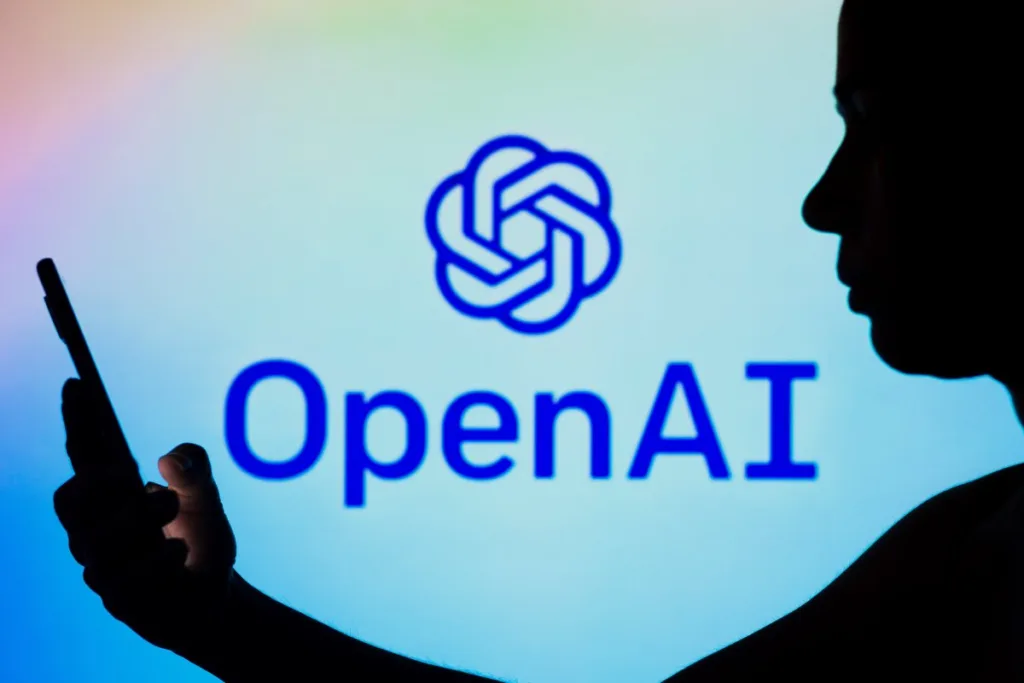
OpenAI, the research lab behind the popular ChatGPT chatbot, is reportedly considering allowing subscribers to create their own ChatGPT chatbots. This would be a significant development, as it would allow businesses and individuals to customize ChatGPT to their specific needs.
Currently, ChatGPT is a general-purpose chatbot that can be used for a variety of tasks, such as customer service, education, and entertainment. However, it is not tailored to any specific industry or niche. By allowing users to create their own ChatGPT chatbots, OpenAI would be enabling them to build chatbots that are specifically designed to meet their needs.
There are a number of potential benefits to allowing users to create their own ChatGPT chatbots. For businesses, it would allow them to create chatbots that are tailored to their specific products or services. This could lead to improved customer service, increased sales, and reduced costs. For individuals, it would allow them to create chatbots that can help them with their daily tasks, such as managing their schedule, staying organized, and learning new things.
Another concern is that users may create chatbots that are not very effective. ChatGPT is a complex model, and it can be difficult to create chatbots that are able to generate high-quality responses. OpenAI would need to provide users with resources and support to help them create effective chatbots.
Here are some specific examples of how businesses and individuals could use custom ChatGPT chatbots:
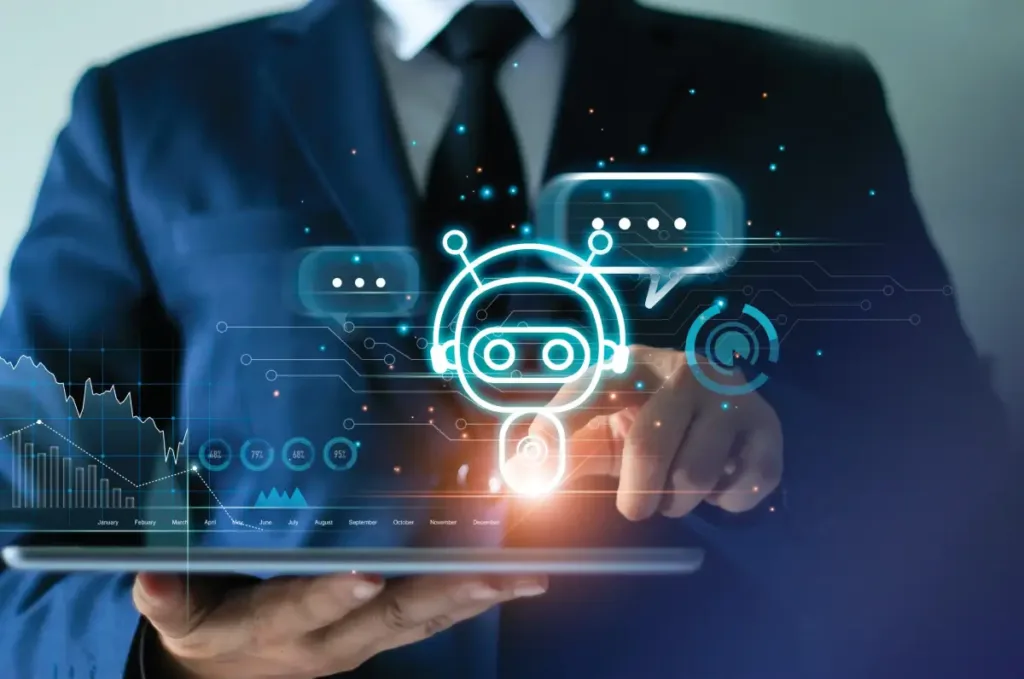
Businesses:
A business could create a chatbot that helps customers find the right products or services, or that answers their questions about their orders. A business could create a chatbot that helps them generate marketing copy, write blog posts, or develop new product ideas.
A business could create a chatbot that helps them provide customer support 24/7, or that automates tasks such as order processing or scheduling appointments.
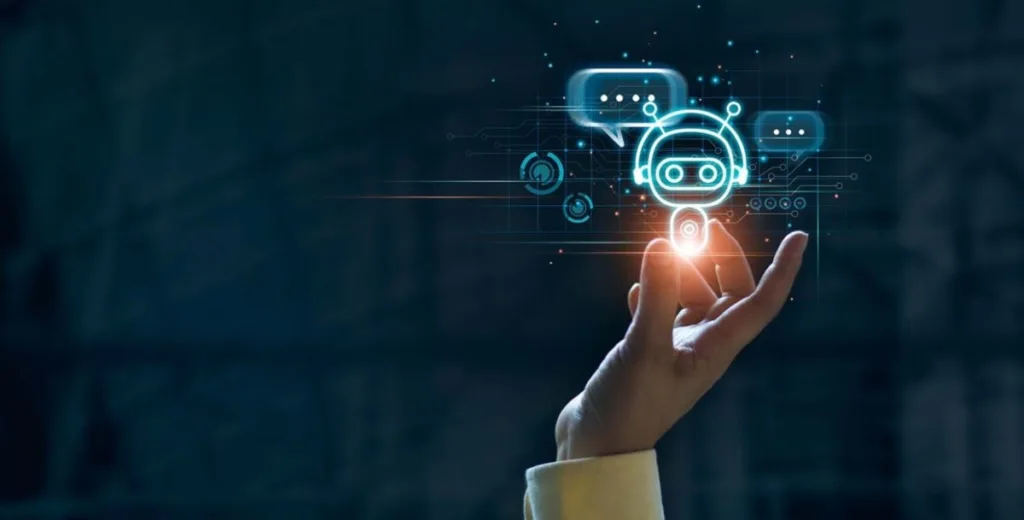
Individuals:
An individual could create a chatbot that helps them manage their finances, track their fitness goals, or stay organized.
An individual could create a chatbot that simply keeps them company or provides emotional support.
The possibilities are endless. Custom ChatGPT chatbots could be used to improve customer service, increase sales, streamline operations, and make people’s lives easier.
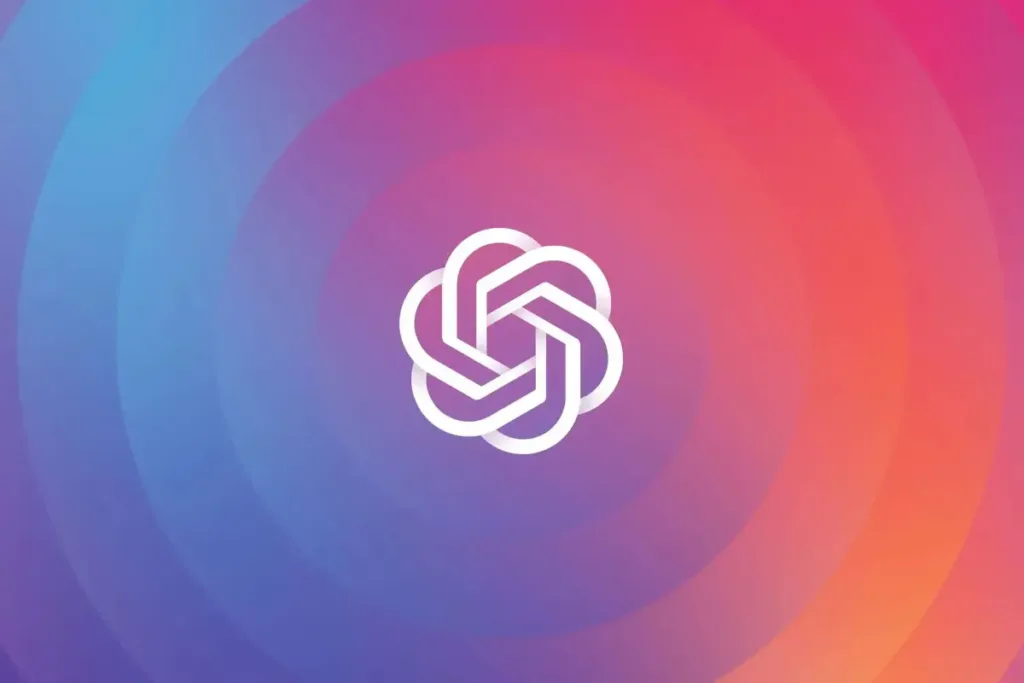
How the OpenAI’s ChatGPT chatbot maker would work
OpenAI’s ChatGPT chatbot maker is a tool that would allow subscribers to create their own ChatGPT chatbots. It would work by providing subscribers with a way to train a custom ChatGPT model on a dataset of text and code that is specific to their industry or niche.
To create a custom ChatGPT chatbot, subscribers would first need to provide OpenAI with a dataset of text and code. This dataset could be anything from customer service transcripts to product manuals to code repositories. The larger and more diverse the dataset, the better the chatbot will be able to generate human-like responses.
Once the dataset has been provided, OpenAI will use it to train a custom ChatGPT model for the subscriber. This process would involve feeding the dataset to ChatGPT and allowing it to learn from the data. Once the model is trained, it will be able to generate responses to prompts and questions that are specific to the subscriber’s industry or niche.
Once the model is trained, the subscriber would be able to deploy it to a chatbot platform of their choice. This platform could be their own website, a messaging app like WhatsApp or Telegram, or a dedicated chatbot platform like Dialogflow or Amazon Lex.
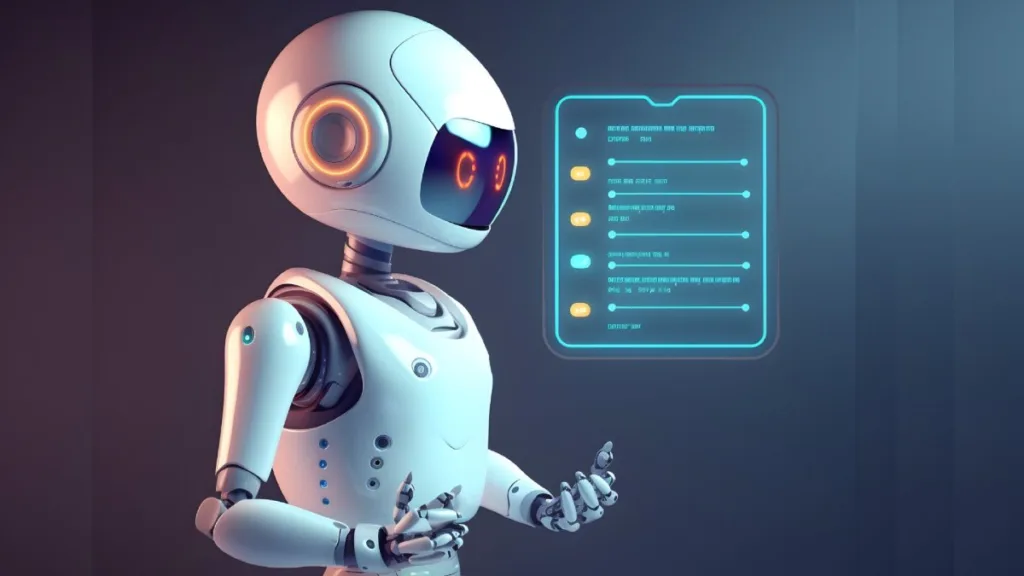
Here is a more detailed step-by-step overview of how the ChatGPT chatbot maker would work:
- The subscriber provides OpenAI with a dataset of text and code.
- OpenAI uses the dataset to train a custom ChatGPT model for the subscriber.
- The subscriber deploys the custom ChatGPT model to a chatbot platform of their choice.
- The subscriber configures the chatbot platform to integrate with the custom ChatGPT model.
- The chatbot platform is now able to generate responses to prompts and questions that are specific to the subscriber’s industry or niche.
It is important to note that the ChatGPT chatbot maker is still under development. OpenAI has not yet announced a date for when it will be available to subscribers. However, the company has said that it is committed to making the ChatGPT chatbot maker a powerful and accessible tool for businesses and individuals.
Conclusion
OpenAI’s decision to allow subscribers to create their own ChatGPT chatbots would be a significant development. It would allow businesses and individuals to customize ChatGPT to their specific needs, which could lead to a number of benefits. However, it is important to be aware of the potential challenges associated with this feature, such as the risk of biased or ineffective chatbots. OpenAI will need to take steps to mitigate these challenges before making this feature available to users.
I hope this information is helpful.

